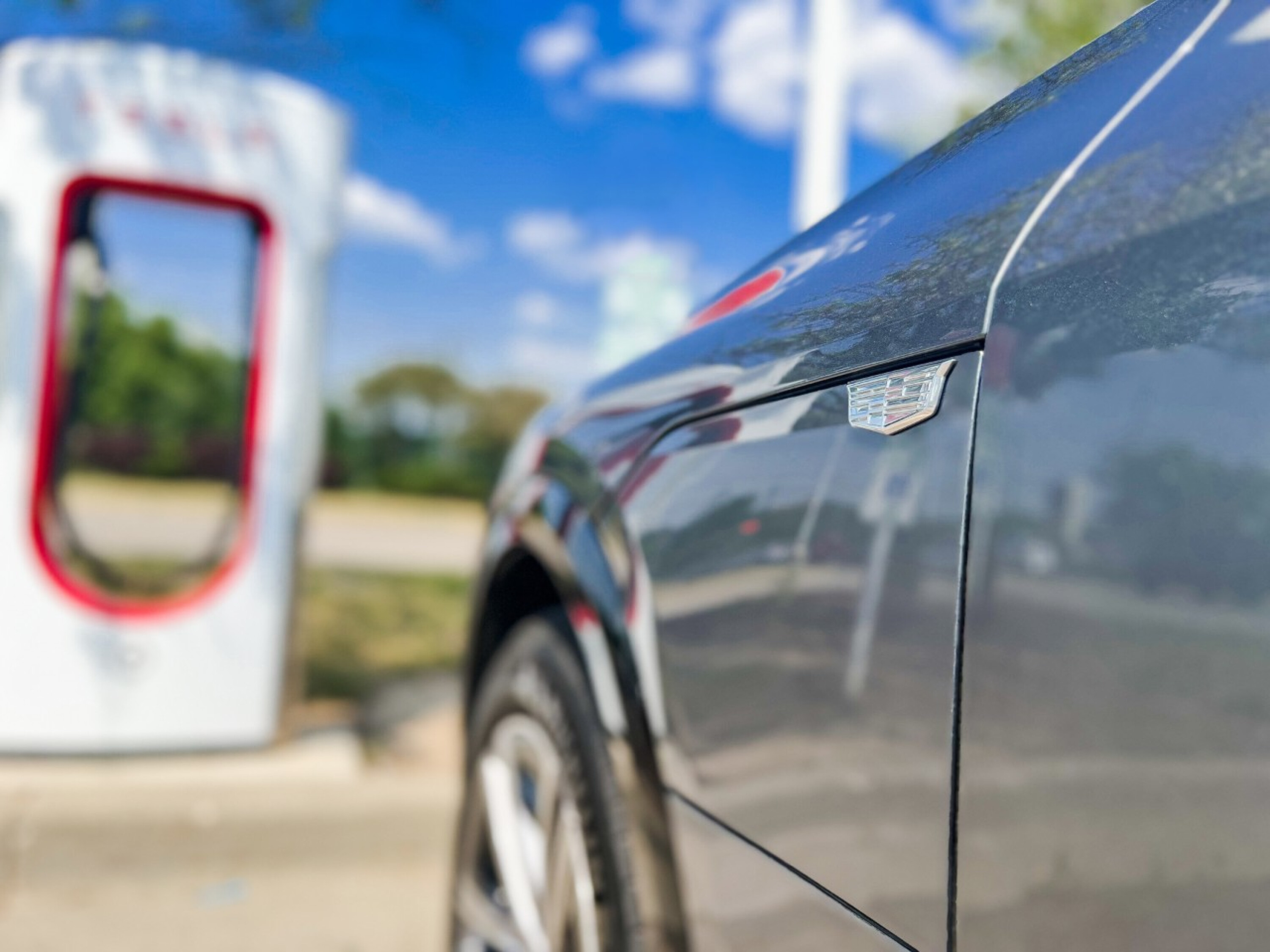
June 2023: GM follows Ford’s lead, joins Tesla charging standard
General Motors has confirmed it will join Ford in switching from the mostly global CCS charging standard to Tesla’s Supercharger format, officially known as the North American Charging Standard (NACS) – a somewhat prescient name, it turns out.
Announcing the news today [↗], GM CEO Mary Barra said the Tesla network represents the only certain way to satisfy EV owners in a market otherwise overflowing with faulty roadside charging stations.
“Our vision of the all-electric future means producing millions of world-class EVs across categories and price points, while creating an ecosystem that will accelerate mass EV adoption,” Barra said.
“This collaboration is a key part of our strategy and an important next step in quickly expanding access to fast chargers for our customers. Not only will it help make the transition to electric vehicles more seamless for our customers, but it could help move the industry toward a single North American charging standard.”
The news is unlikely to affect markets outside of the US, with Europe and Australia now firmly established as CCS-standard markets (See our story linked below for an explainer on plug types).
Tesla now also uses CCS in Australia, and it has opened its Supercharger network to EV owners from other brands.
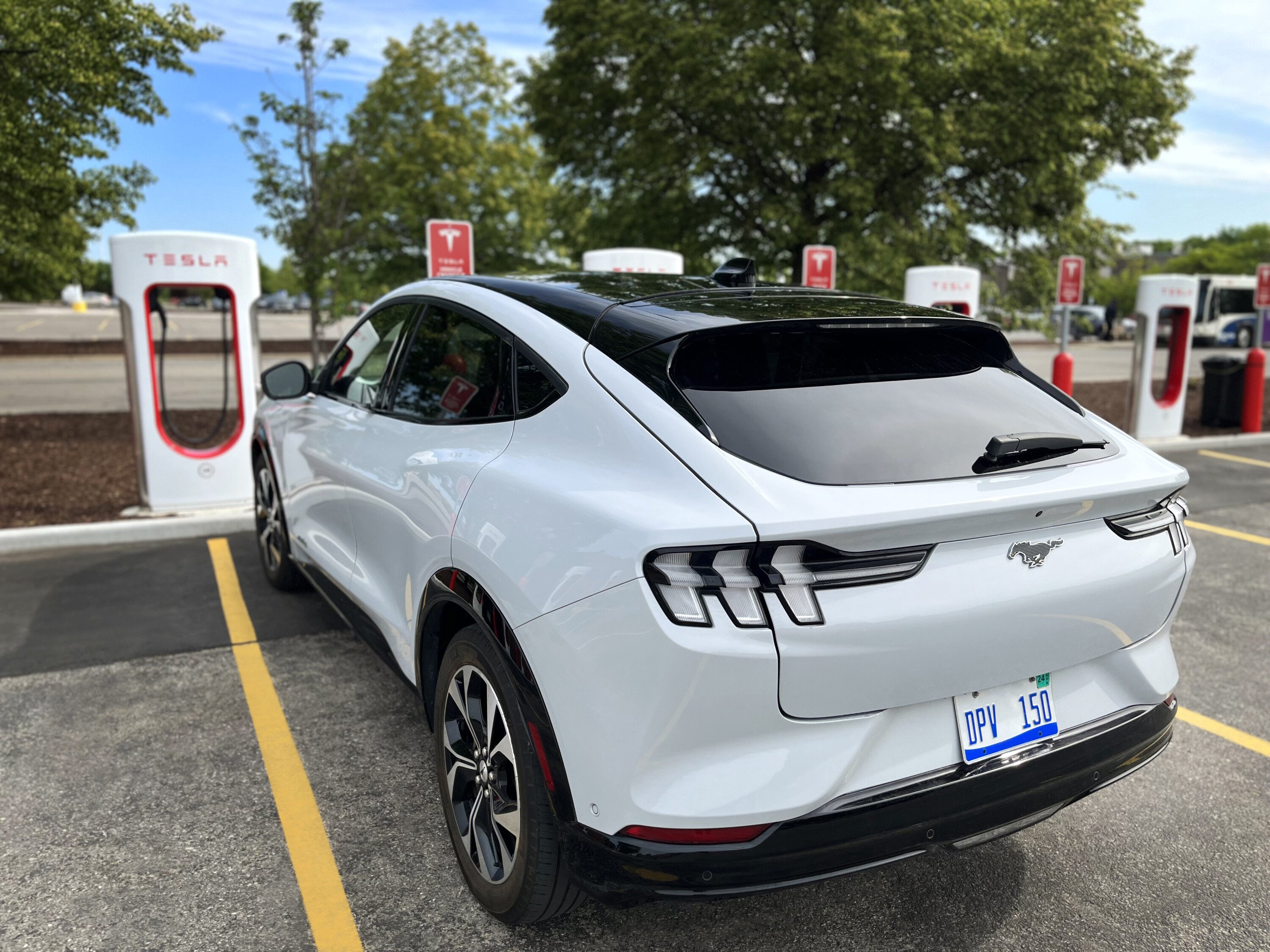
May 2023: Ford is switching to Tesla’s charging standard and its popular Supercharger network
Ford has partnered with Tesla to take advantage of its Supercharging network – adopting its proprietary charging port standard in all North American electric cars from 2025.
Snapshot
- Ford EVs sold in North America to adopt Tesla charging connector
- Adapter to be offered for current owners
- Questions still loom about how it will integrate
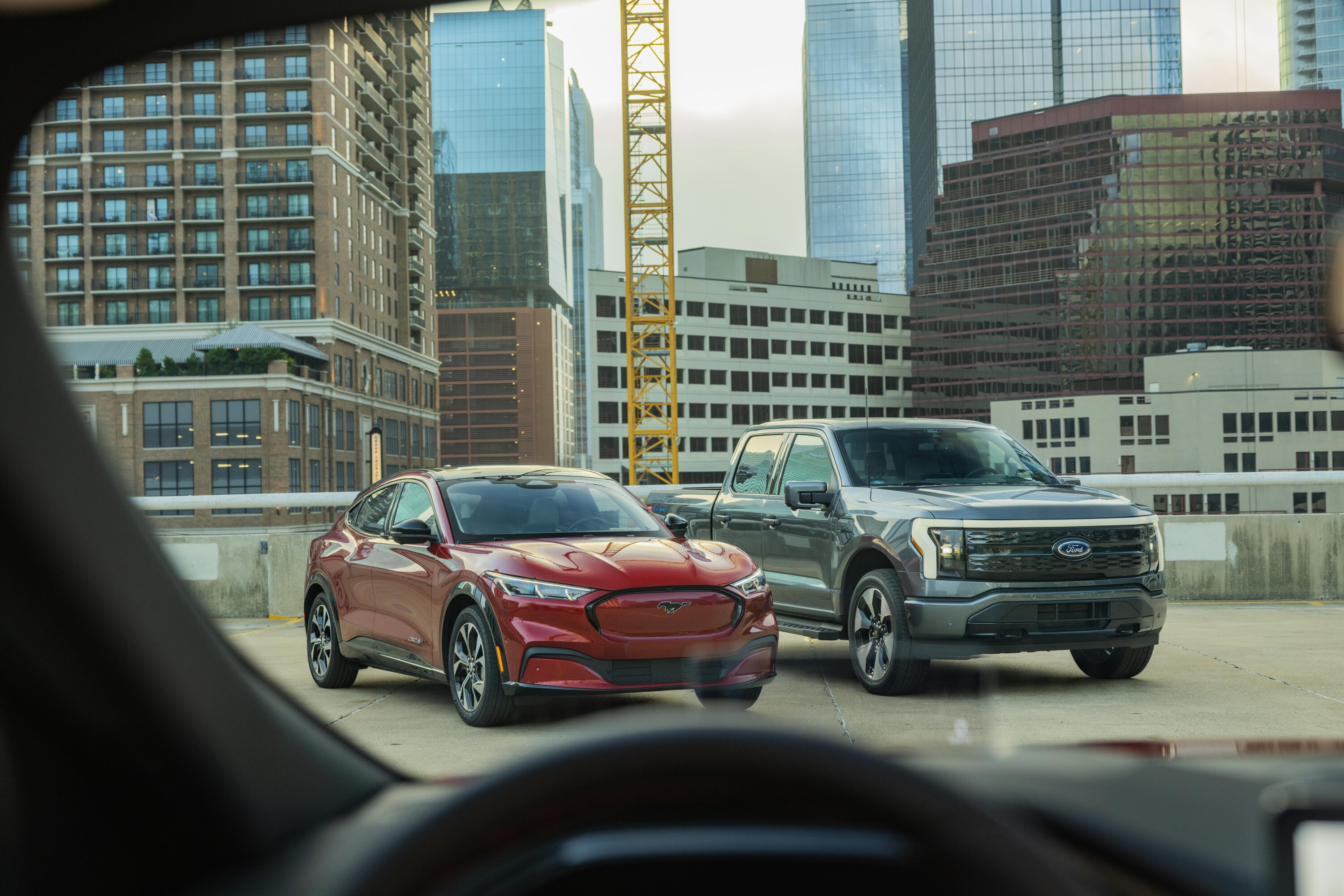
Henry Man
In a surprising move for the continent’s top-selling automaker, it will ditch the common Type 1 / Combined Charging System Standard 1 (CCS1) port standard in favour of Tesla’s North American Charging Standard (NACS) connector in two years.
The landmark move will allow Ford’s next-generation EV models to access Tesla’s 12,000-plus Supercharging public DC network in the United States and Canada – which has long been lauded for its ‘plug and charge’ convenience, availability, and reliability.
While Tesla is already opening some Supercharging sites globally to all EV models, this is the first time another car manufacturer will integrate with its network using the built-in NACS.
Tesla’s charging connector is smaller, lighter and combines slow AC and fast DC charging into one unit.
But what about Australia?
Unlike North America, Australia adopts the European Type 2/CCS2 standard in almost all new EV models.
Tesla’s NACS connector didn’t appear in old Model S and Model X EVs locally (they used a modified Type 2 standard instead) and the company has now transitioned all models, including the popular Model 3 and Model Y, to Type 2/CCS2.
So, it’s unlikely that Ford EVs will adopt the NACS outside of its home continent.
Additionally, the Blue Oval will offer current F-150 Lightning ute, Mustang Mach-E SUV, and E-Transit van models with a Tesla-developed CCS1 to NACS adapter from early next year to access 250kW DC capable V3 Superchargers only.
Its software will also support the activation of charging sessions and payment via its FordPass or Ford Pro Intelligence connected services.
All Ford owners will still be able to access standard public AC and DC charging stations in North America, including future models with the built-in NACS port (presumably via an optional adapter, as is the case with current Teslas).
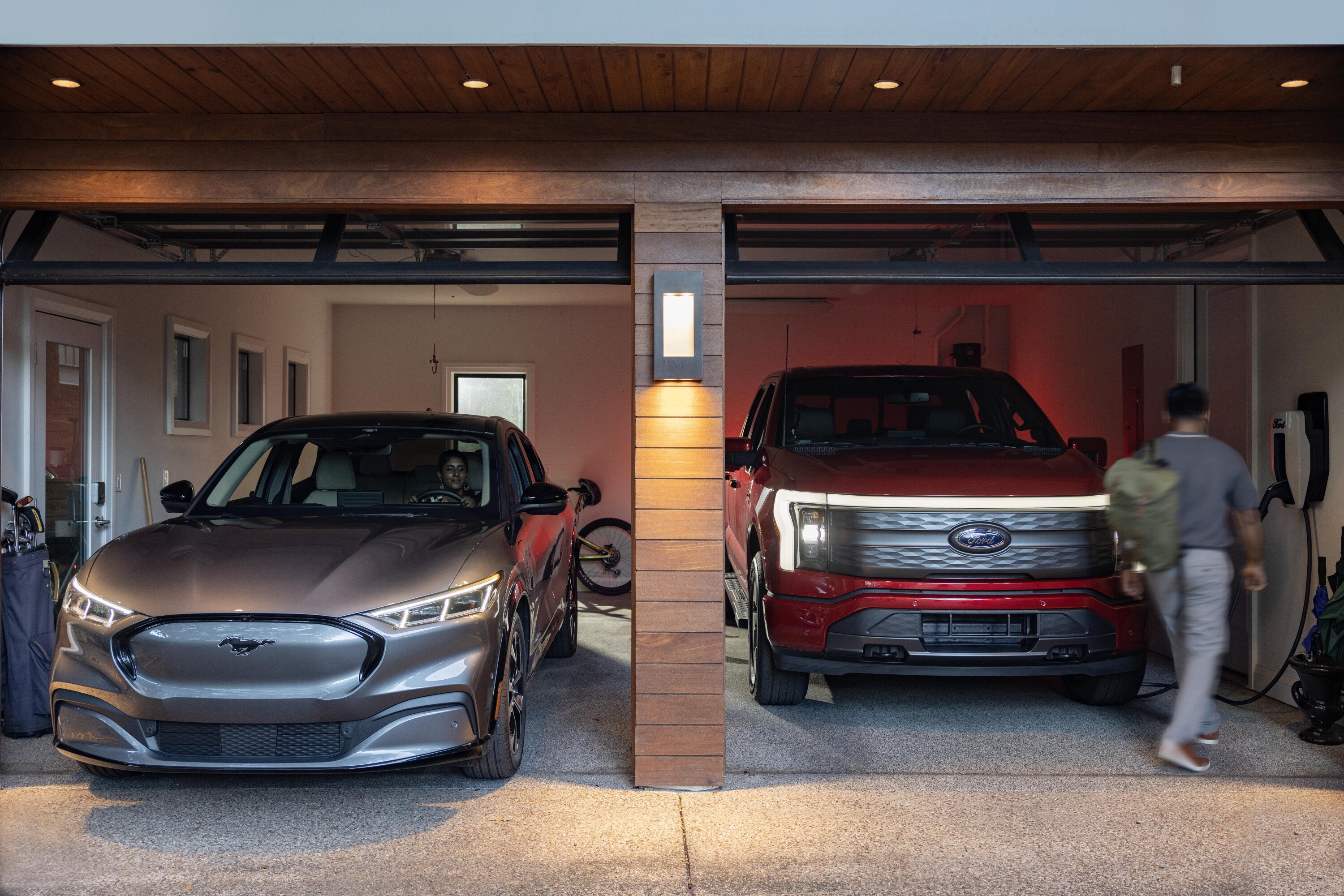
Questions still loom…
When Ford’s upcoming electric models switch to the NACS in 2025, it’s unclear whether they will adopt Tesla’s rear-left quarter charging port position.
Why does that matter?
Tesla’s older V2 and V3 Supercharging stalls have been notorious for their short cables (addressed in the latest V4), which has made reaching Ford’s current left-front wheel fender port placement difficult.
Furthermore, it’s unclear whether Tesla will still charge Fords a more expensive charging cost as per current non-Tesla EVs on compatible sites.

This week, the Blue Oval admitted that large electric models with gigantic batteries are untenable, prompting its second-generation three-row SUV and ute to focus on improving aerodynamic efficiency.
In Australia, the Ford E-Transit electric cargo van just launched into showrooms and the Mustang Mach-E electric SUV will arrive by the end of this year, as a pricier alternative to the models such as the top-selling Tesla Model Y, Kia EV6, and Toyota BZ4x.
More EV stories to help you choose the best car for your needs
- ? EV news, reviews, advice & guides
- ❓ Short & sweet: Your EV questions answered
- ⚡ New EVs: Everything coming to Australia
- ? Australia’s EVs with the longest driving range
- ⚖️ Best-value EVs by driving range
- ? How much do EVs cost in Australia?
- ? How much more expensive are EVs?
- ⚖️ Number crunching: Is it time to switch to an EV?
- ♻ Should you buy a used EV?
- ?️ Are EVs more expensive to insure?
- ? Costs compared: Charging an EV vs fueling a car
- ? EV charging guide
- ?? EV servicing explained
- ? EV battery types explained
- ? When do EV batteries need replacing?
- ? Hydrogen v EVs: What’s best for Oz?
MORE advice stories to help you with buying and owning a car
We recommend
-
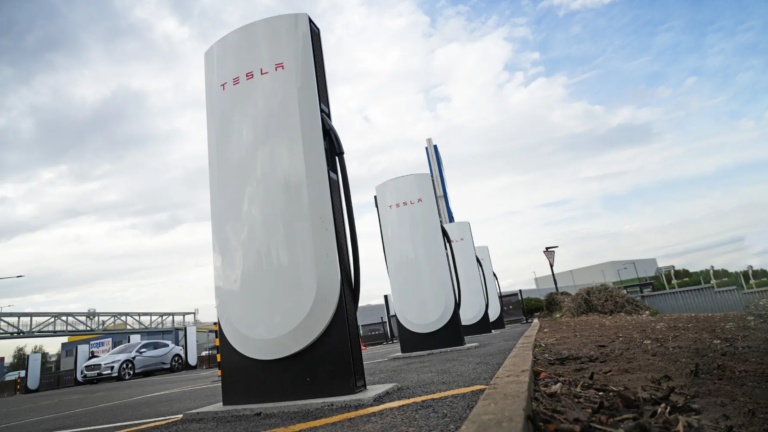 News
NewsTesla V4 Superchargers expand to the UK, open to all EV types
Tesla’s new V4 Superchargers are rolling out to better suit non-Tesla EV models
-
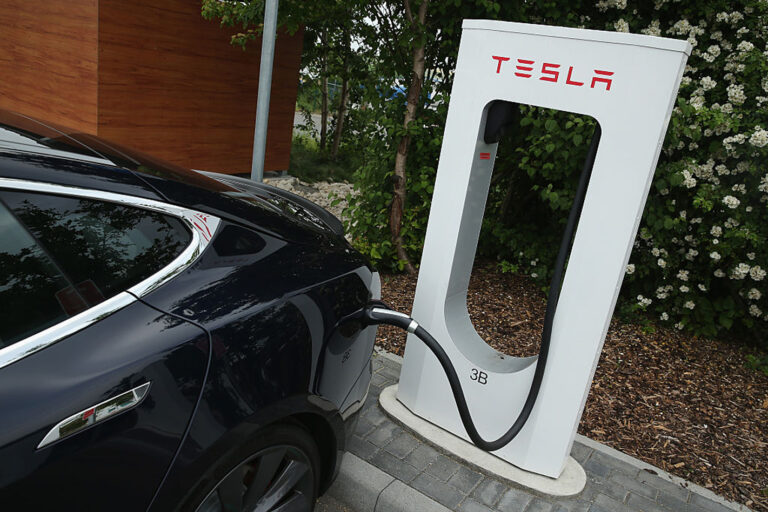 News
NewsTesla opens European Supercharger network to other brands
The expanded Supercharger network will be available for more electric vehicle owners across Europe
-
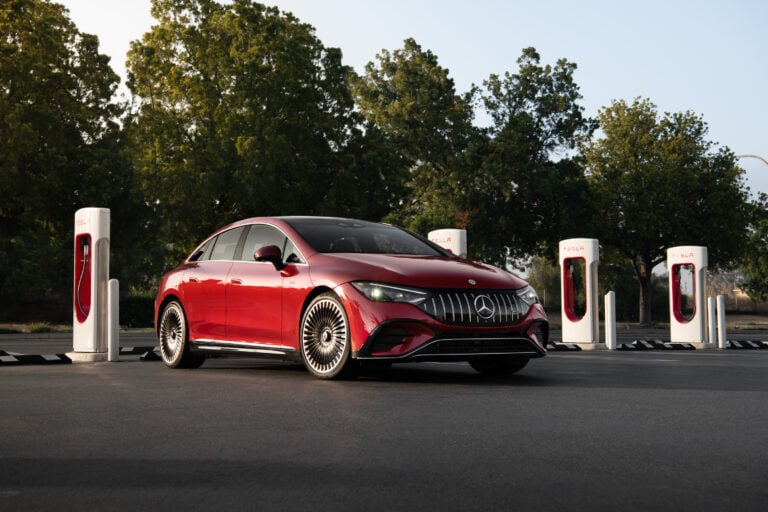 News
NewsTesla significantly expands Superchargers to all EVs in Australia, but...
All EVs can now access more Tesla Superchargers in Australia – if you’re willing to pay



